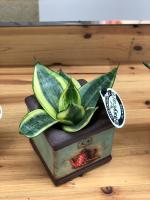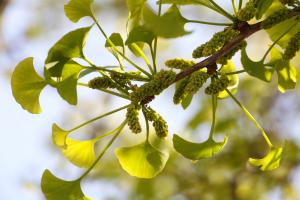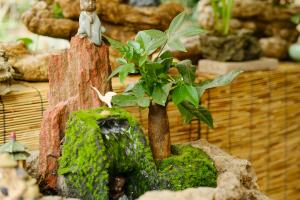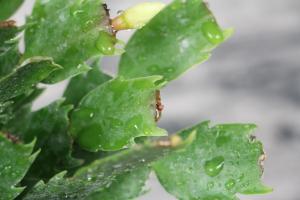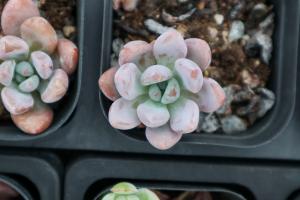What to Plant near a Plum Tree
Plum trees are popular fruit trees that can offer a sweet and delicious harvest for your garden. However, one of the essential tasks in your garden should be to plan the appropriate plants to grow near your plum trees. This is because different plant species can either complement or harm your plum tree. Read on as we discuss what to plant near a plum tree to optimize your garden’s health and productivity.
Companion Plants for Plum Trees
Companion planting is a traditional gardening practice where you grow specific plant species near each other because they offer mutual benefits. Here are a few companion plants that you can grow along with your plum tree:
Clover: Clover is a nitrogen-fixing plant that can improve the soil's fertility for the plum tree.
Fennel: Fennel is an herb that can attract beneficial insects and repel harmful ones, such as aphids and mites.
Marigold: Marigold is a natural pesticide that can also attract beneficial insects for pollination purposes.
Nasturtium: Nasturtium is a plant that can attract aphids and other pests away from the plum tree.
Parsley: Parsley is another powerful herb that can attract pollinators and beneficial insects for your garden.
Plants to Avoid
While it's essential to know what plants you should grow near your plum tree, it's equally important to understand which plants you shouldn't grow near it. Some species can either compete for resources, attract pests, or create unfavorable growing conditions. Here are some plants to avoid near your plum tree:
Grapes: Grapes are a natural enemy of plum trees because both species require similar conditions, including water, sunlight, and soil nutrients.
Peaches: Peaches and plum trees are in the same family, and planting them close to each other can encourage the spread of similar diseases and pests.
Walnuts: Walnuts produce a toxic chemical called juglone that can harm or kill plum trees.
Roses: Roses are prone to attracting pests, such as aphids and spider mites, which can quickly spread to your plum tree and cause damage.
Conclusion
If you want to ensure that your plum tree grows healthily and produces a delicious harvest, planting the appropriate companion plants and avoiding harmful ones can make a significant difference. Remember to use organic pesticides and fertilizers and maintain good watering practices to optimize your garden's health and productivity. Happy gardening!

 how many times do yo...
how many times do yo... how many planted tre...
how many planted tre... how many pine trees ...
how many pine trees ... how many pecan trees...
how many pecan trees... how many plants comp...
how many plants comp... how many plants can ...
how many plants can ... how many plants and ...
how many plants and ... how many pepper plan...
how many pepper plan...
